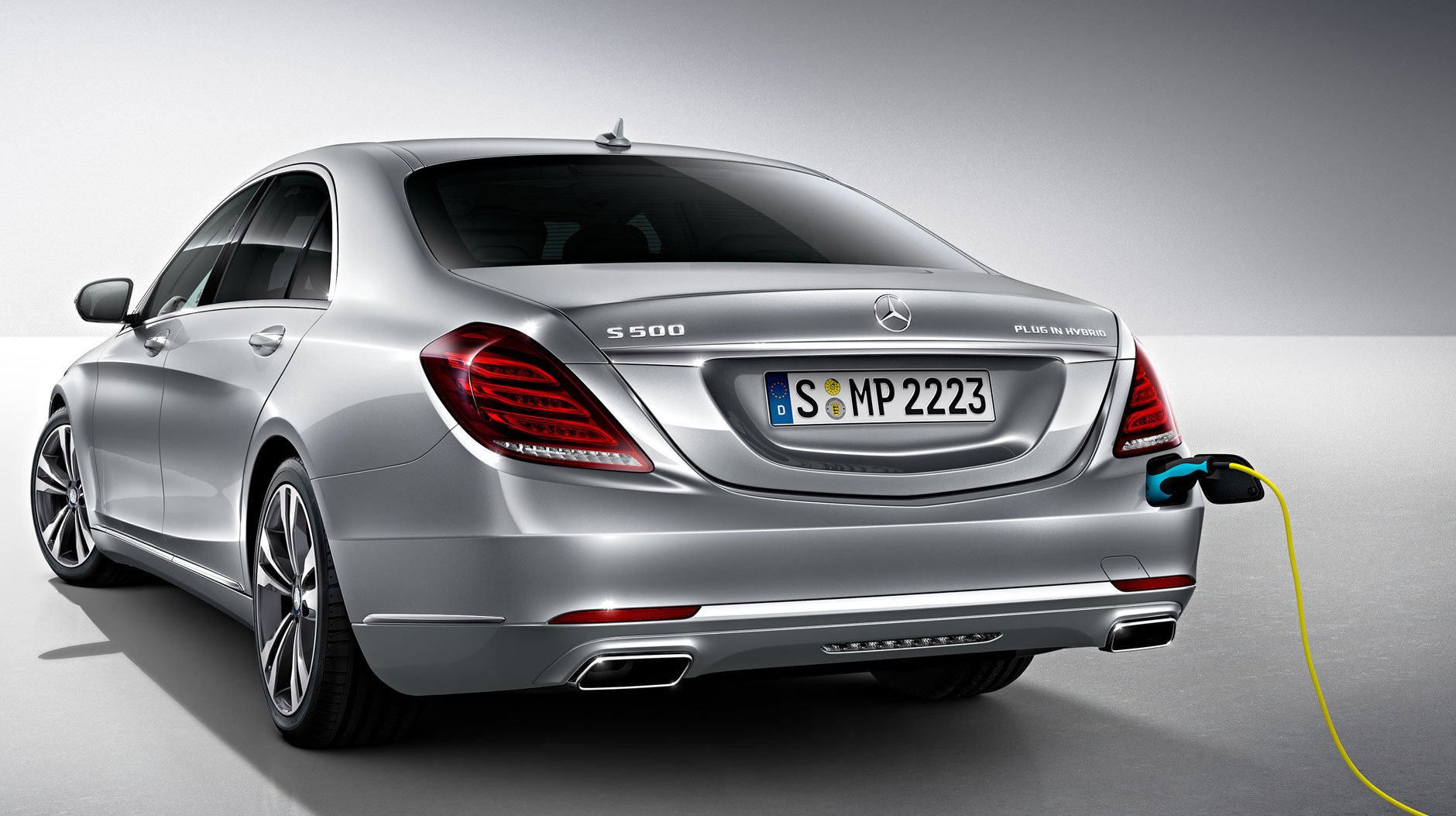Daimler, parent company of Mercedes-Benz, announced a partnership with Qualcomm Inc to develop wireless charging for electric vehicles and enhance the in-car experience with high-speed 3G/4G connectivity.
In a joint statement Daimler and Qualcomm said that they will explore the use of wireless technology to charge electric vehicles and plug in hybrids without the need to ever have to plug them in.
The companies said that they will focus on “transforming future vehicles with mobile technologies that enhance in-car experiences and vehicle performance such as 3G/4G connectivity, wireless charging technology for in-vehicle use and implementation of the Qualcomm Halo™ Wireless Electric Vehicle Charging (WEVC) technology.”

The Mercedes S500 Plug-In Hybrid
The Qualcomm Halo WEVC technology offers high performance and high power in a small vehicle package that could allow Mercedes customers to charge their electric vehicles and plug-in hybrids.
In addition, WiPower technology enables consumer electronics to charge wirelessly in-vehicle.
Prof. Dr. Thomas Weber, Board member of Daimler AG, responsible for Group Research and Mercedes-Benz Cars Development, said:
“It’s important that we remain on the cutting edge of technology and continue to deliver unparalleled experiences to our customers,”
“With this in mind, we are eager to jointly explore possible fields of future cooperation with an internationally leading tech-firm like Qualcomm.”
Derek Aberle, president of Qualcomm Incorporated, said:
“Our work with Daimler AG is a natural extension of the sponsorship we have with the MERCEDES AMG PETRONAS Formula One team as our work in motorsports cultivates the innovation and advancements seen in the auto space,”
“The automobile has become an extension of always-on connectivity, and as such, we’re continuously utilizing our expertise in wireless mobility to deliver in-car experiences comparable to the ease and convenience of smartphones.”

